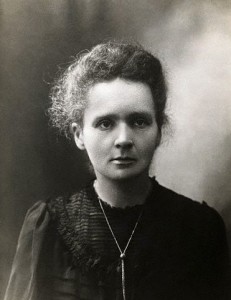Several weeks after the liberation of Paris, Gabrielle (Coco) Chanel was arrested by members of the FFI (French Forces of the Interior—resistance fighters during latter stages of the war) and taken to the Free French Purge Committee headquarters. After two hours of questioning, Chanel was released. She would later tell her maid that she was released under the personal orders of Winston Churchill. Within hours of arriving back at 31, rue Cambon, Chanel left in her Cadillac for Lausanne, Switzerland where she would live in exile until her return to Paris in the mid-1950s (she would come back to Paris from time to time—once as a witness in a trial of her friend and collaborator, Baron Louis de Vaufreland—the judge would declare, “The answers Mademoiselle Chanel gave to the court were deceptive”).

Backstory
Chanel had been put on the French Resistance black list since 1942 as a German collaborationnistes (specifically as a horizontal collaborator—get the euphemism?). She was well known as being anti-Communist, pro-German, and virulently anti-Semitic (her verbal diatribes at dinner parties are legendary). Chanel was extremely adept at spinning any story to suit her needs or objectives. Her life story included a broken family childhood (i.e., insecurity—she was a very complex individual), prostitution, homosexuality, drug addiction, creativity, business acumen, betrayals, treason, promiscuous activities, a well-known spy mission, cover-ups, bribes, extreme poverty, extreme wealth, dance halls, lovers—men and women, intellectual friends, loyalty to her friends, and a passion for fashion and fragrances that remain legendary. Wow, how many of us have that resume? Read More Coco Chanel: Nazi Collaborator or Spy?


